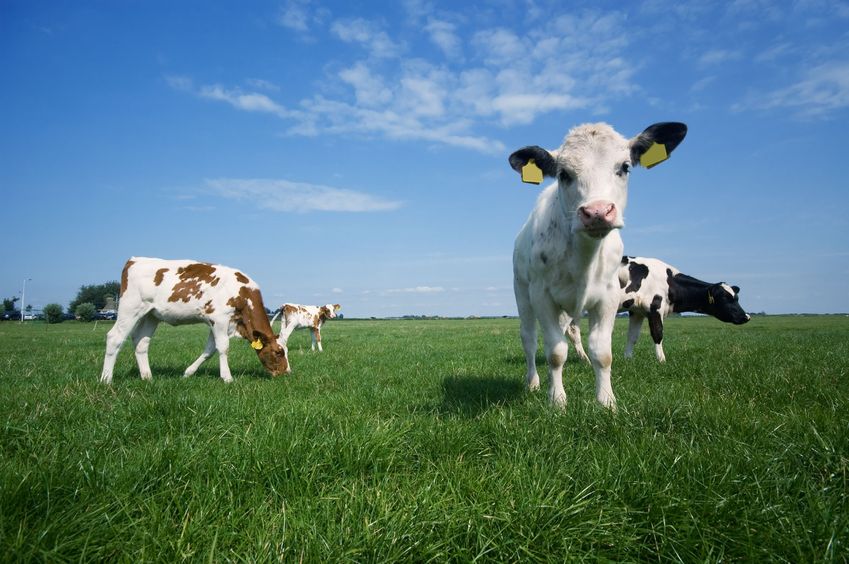
Vaccinating calves against Mycoplasma bovis significantly reduces post-weaning mortality and antibiotic use, according to results from a farm-based trial.
The trial, which looked at growth rates, mortality and antimicrobial usage for 1,582 calves born into eight herds in Scotland, considered the efficacy of a new multi-strain vaccine imported from the US.
Although the vaccine has proven effective after its recent introduction to the US market, this is the first time it has been used in the UK.
Mycoplasma bovis has recently become the most common cause of bovine respiratory disease – particularly pneumonia in calves – with other symptoms including mastitis, arthritis and otitis.
And it is notoriously difficult to treat, according to Graeme Fowlie at Meadows Vets, which secured the import license with the help of Dutch pharmaceutical firm Kernfarm.
“It doesn’t respond to most common antibiotics, so prevention is definitely better than cure – but until now the only vaccine available has been a bespoke autogenous one,” says Mr Fowlie.
Given the multi-strain vaccine is new to the UK market, he organised a set of trials in Scotland to see how it would work in a real farm environment.
The results have been impressive: In total, weaned calf mortality fell from 5.8% pre-vaccination to 0.4% post-vaccination, whereas it remained relatively unchanged on control farms at 7.3-7.8%.
Due to inconsistent farm records, it was not possible to isolate mortality due to suspected pneumonia, so records for all mortality causes were used.
Pre-weaning mortality increased slightly on treated farms, as one had an outbreak of cryptosporidium and two had problems with colostrum yield and quality.
Overall calf mortality up to 200 days therefore fell from 8.6% pre-vaccination to 4.3% afterwards, while it remained fairly static at 10.6-11.1% on control farms.
Antibiotic usage also dropped sharply among the trial farms, from an average of 116.9 PCU (population correction unit) per 100kg liveweight before vaccination to just 41.45 PCU/100kg afterwards.
In contrast, usage on the control farms increased from 67.42 PCU/100kg to 78.99 over the same time period (see graph).
There was no significant difference between liveweight gains recorded pre or post-vaccination.
“These results are extremely encouraging,” says Mr Fowlie. “Although they are only broadly suggestive of the vaccine’s efficacy – given the study design in a commercial setting – the results do prove the concept of using the vaccine on British farms.
"Further work is warranted for full scientific results, but I’m really excited that we finally have another tool in the box, which is immediately available, to fight against this insidious disease.”
